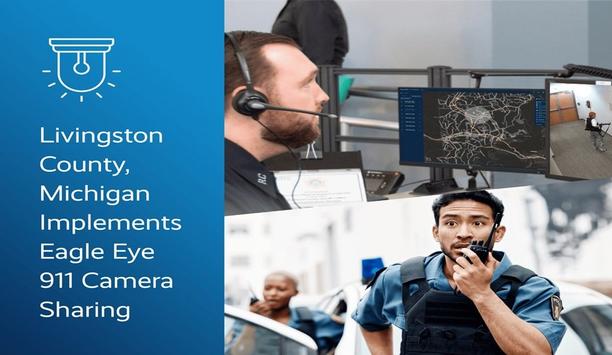 |
Since last year there has been a lot of talk with regard IP security cameras with 4K resolution. As with any advancement in video security, this too has come about due to advances in consumer electronics. While being the “latest and greatest,” it still raises questions as to actual, practical everyday usage.
What Is 4K Resolution?
Let’s start by defining 4K. Back in the day we had HDTV, which in some cases was defined in terms of its resolution of 1920 horizontal pixels by 1080 vertical pixels, hence the name 1080p, the p standing for the type of scanning – progressive scanning. Our concern is with the result of multiplying these numbers, or 2 million, which for us means the need for at least a 2 Mbps bandwidth to transmit an image. 4K is four times that number or a resulting 8 Mbps required to transmit an image. None of this would cause any concern if it were not for the fact that our observations deal with motion, and motion deals with multiple images over the period of a second.
The question then becomes how to view it and how to record it. If we do not consider how we will transmit it between the image source and either its recording or viewing point, nothing will happen. All of this places significant stress on our existing IP infrastructures. While many believe the solution is simply to upgrade networks to 10 Gbps, they overlook the cost, viewing and recording aspects. The reality is camera manufacturers have taken this into account. In some cases cameras offer the ability to view signals by reducing the signal down to 1080p while maintaining the 4K for recording.
Challenges To 4K For Security
To understand the challenges to 4K for security, we need to take a closer look at the signal itself. As previously noted 1080p is 1920x1080 pixels. 4K is four times this or 3840x2140. While standards don’t necessarily apply in video security applications, 4K does have a standard as defined by the International Telecommunications Union (ITU). Taking into account the need of security applications to be “real time” or close to 30 images per second, the total bandwidth required for a 1080p single at 30 images per second would be 93 Mbps, and for 4K it rises to 373 Mbps. Both of these figures would be impossible to deal with given current viewing or recording technology. However, when we apply current standard compression method of H.264 which is generally 50:1, 1080p bandwidth is reduced to about 2Mbps and 4K to 8Mbps.
Prior to designing a system involving 4K devices, make certain you work with a transmission provider that can justify their performance and provide support in the event you require it |
Role Of Transmission And Bandwidth
A word of caution here. Keep in mind: While there are standards, they don’t apply to how any individual camera or video management system (VMS) provider applies it to their products. This is the reason different IP camera manufacturers have different and often incompatible drivers for resolving their cameras.
Here is where transmission and bandwidth play a critical role. Keep in mind that on the average packet overheads will take up around 50 percent of a transmission system’s available bandwidth. So a transmission speed of 10 Mbps only has about 5 Mbps available for image transmission, a 100 Mbps only about 50 Mbps. If the basic highest compression H.264 bandwidth already requires at least 8Mbps, we can immediately eliminate the use of any part of the system that only operates at 10 Mbps. Even at 100 Mbps, the number of 4K cameras in any transmission line can probably only safely be limited to around four. Differences will result based on the other factors such as the number of images per second produced by the camera.
The critical factor is to take into consideration every aspect of your transmission system. To begin with, when it comes to connecting the 100 Mbps output port of the camera to your network switch, the port must be able to resolve Jumbo frames up to 9600 bytes. Keep in mind the output network speed of the camera must match the input port speed of the switch. Most network switches can only resolve up to 1518 bytes at 100 Mbps, figures not adequate for 4K camera transmission. Next, your transmission line, regardless of the type of medium used, must have a consistent bandwidth from one end to the other. As your device bandwidth increases, network transmission losses become more critical.
While viewing and recording device performance can usually be judged by their manufacturer-provided specifications, transmission often is more difficult due to the various components involved. Prior to designing a system involving 4K devices, make certain you work with a transmission provider that can justify their performance and provide support in the event you require it. 4K places extra demands on video security but the results can be rewarding.







































